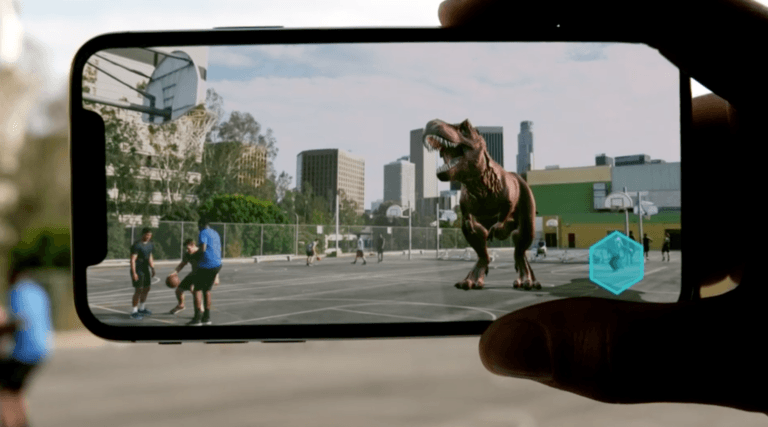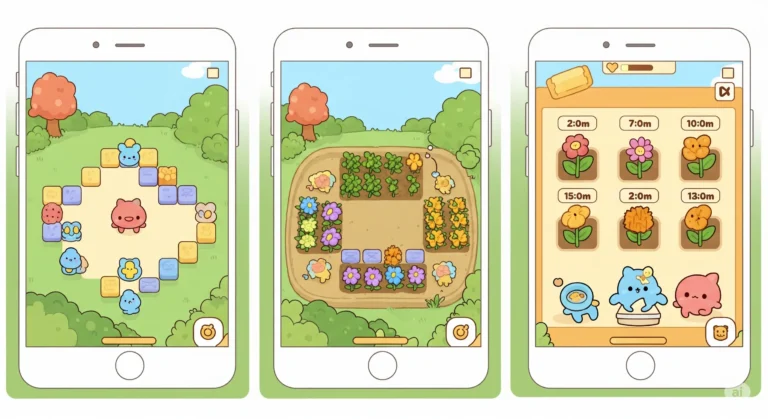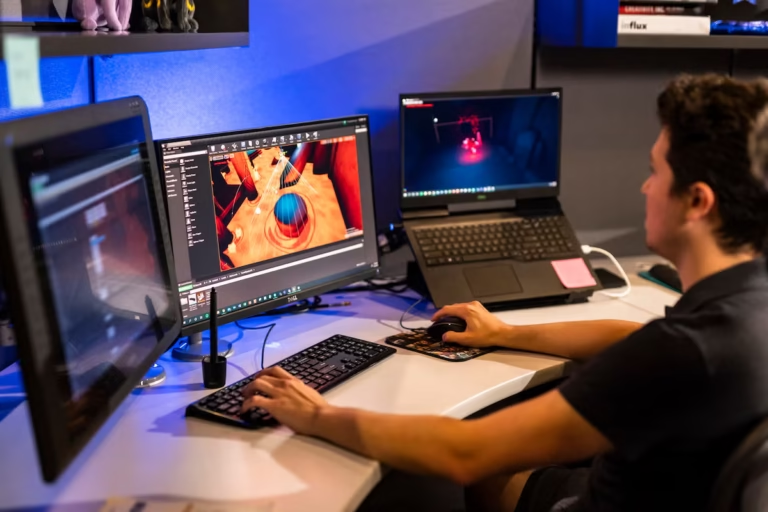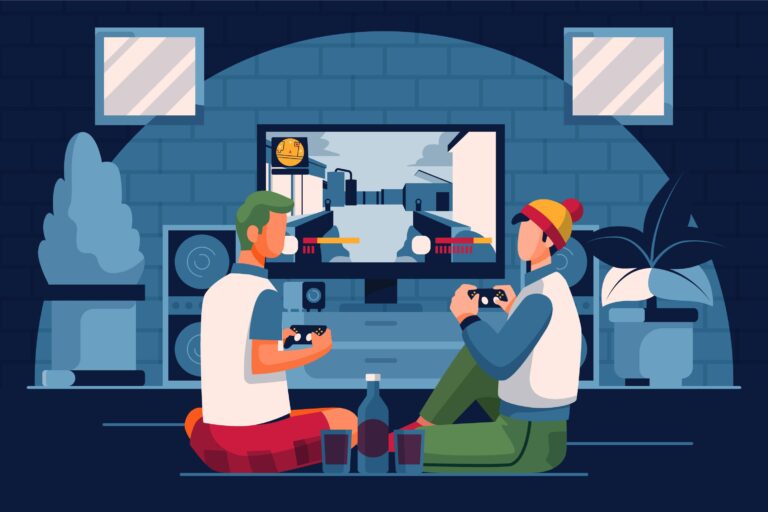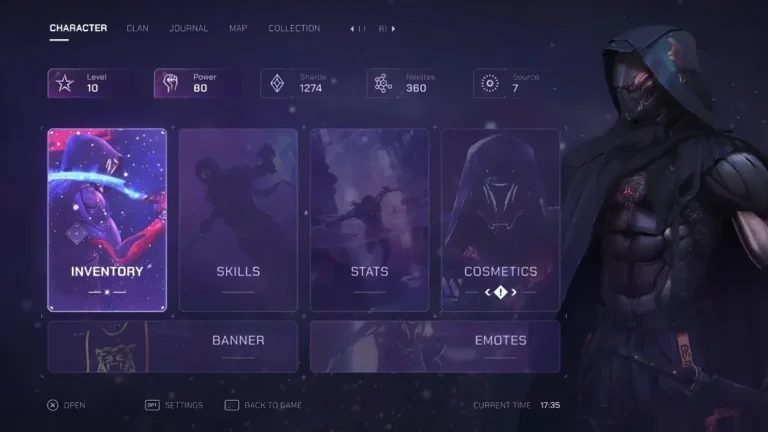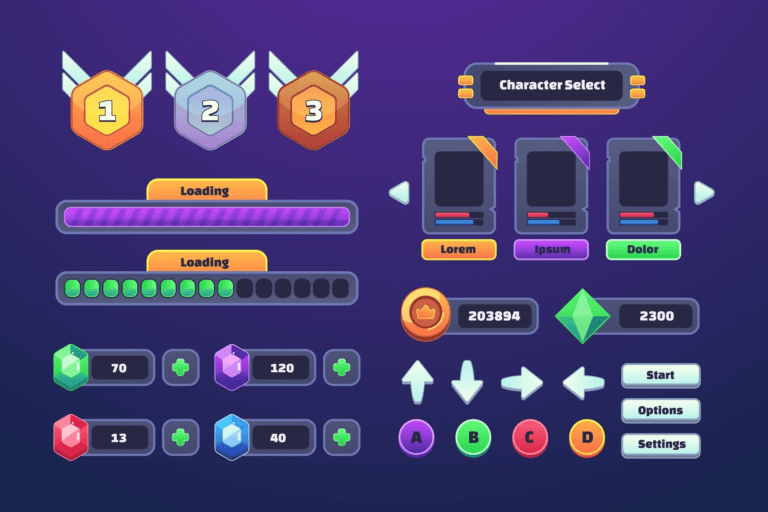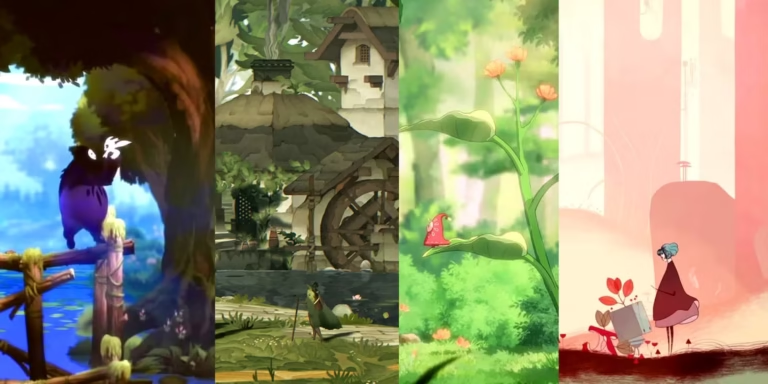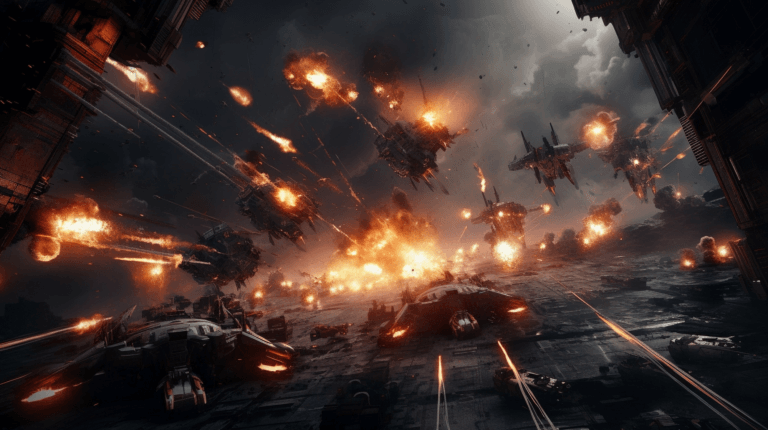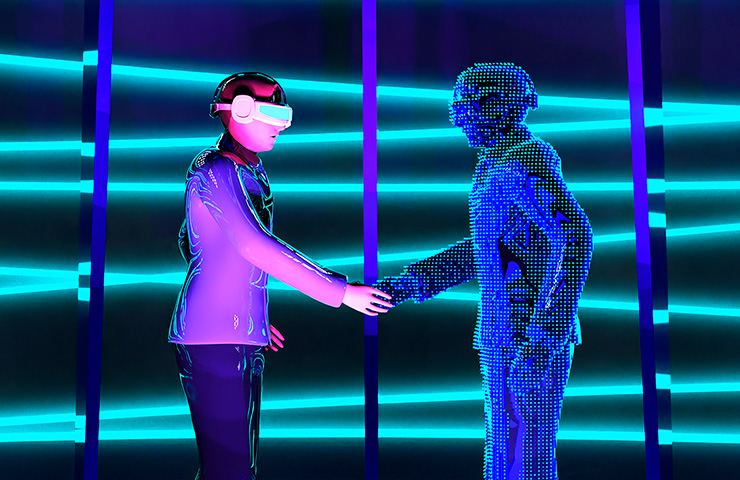The debate between realism and stylization has raged across gaming history, with both art styles profoundly impacting countless classic titles. Realism aims to recreate the real world in meticulous visual detail, pursuing ever-greater photorealism and immersion. Stylization offers more interpretive and expressive aesthetics using techniques like cel-shading, hand-drawn textures, and caricature. This article will dive deep into realistic vs. stylized art style, the key differences between these two philosophies, and analyze their respective strengths and weaknesses for crafting immersive gaming visuals. Understanding the nuances of each approach sheds light on the diverse artistic possibilities within the flourishing game medium.


Need Game Art Services?
Visit our Game Art Service page to see how we can help bring your ideas to life!
What is Realistic Art Style?
Realistic art style attempts to imitate the appearance of real-world objects, environments, and characters believably and authentically. This 3D art style is achieved through detailed 3D modeling, advanced lighting and shading techniques, high-resolution textures, and lifelike animations. Realistic art styles are useful when games require a high degree of visual accuracy and immersion, such as military shooters, driving simulators, and narrative-driven RPGs.
Some notable games with realistic art styles are Call of Duty, Red Dead Redemption, and Microsoft Flight Simulator.
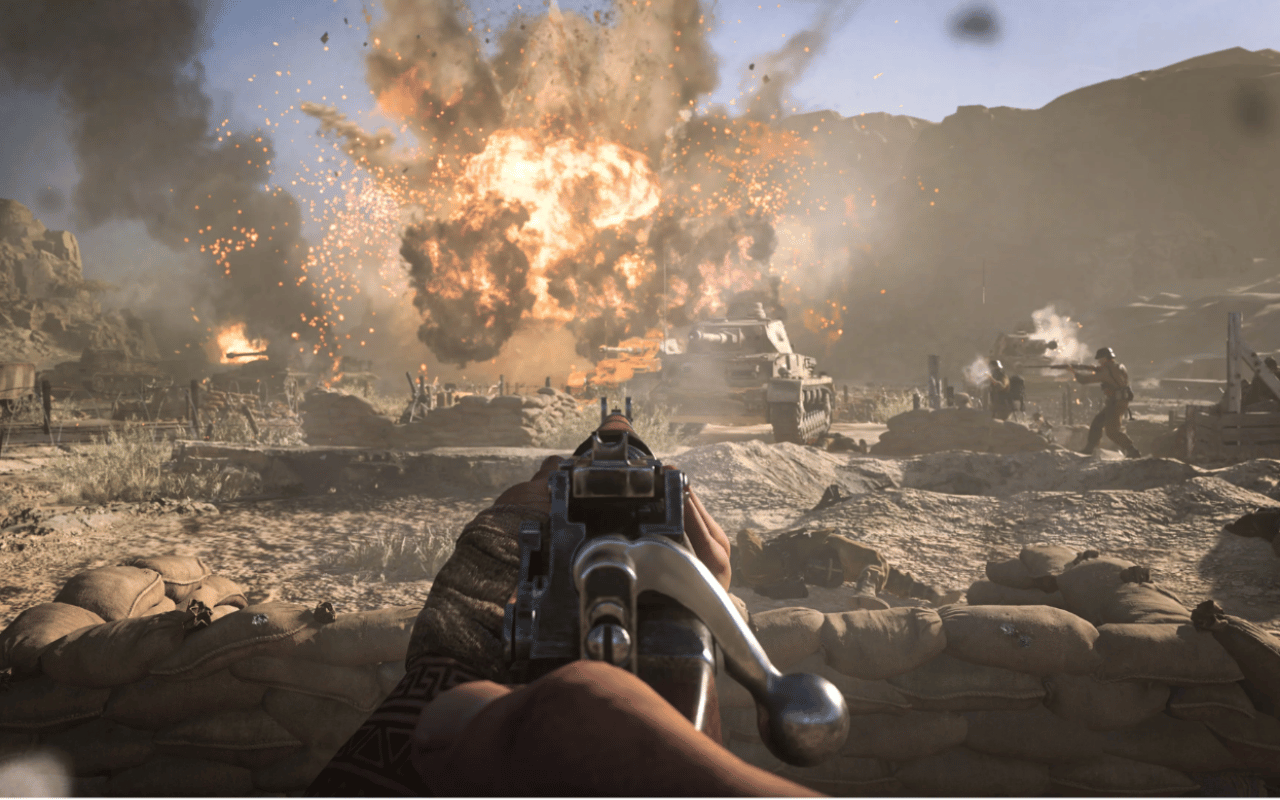
What is Stylized Art Style?
In contrast, stylized art styles adopt an artistic, non-literal approach to visuals. This includes cel-shading, hand-drawn textures, exaggerated proportions and features, and unique art styles like anime or comic books. Stylized art styles allow for more creativity and expression versus rigid realism. They are well-suited for fantasy, cartoony, and lighthearted games appealing to broad audiences.
Some games with stylized art style are World of Warcraft, Fortnite, and The Legend of Zelda.
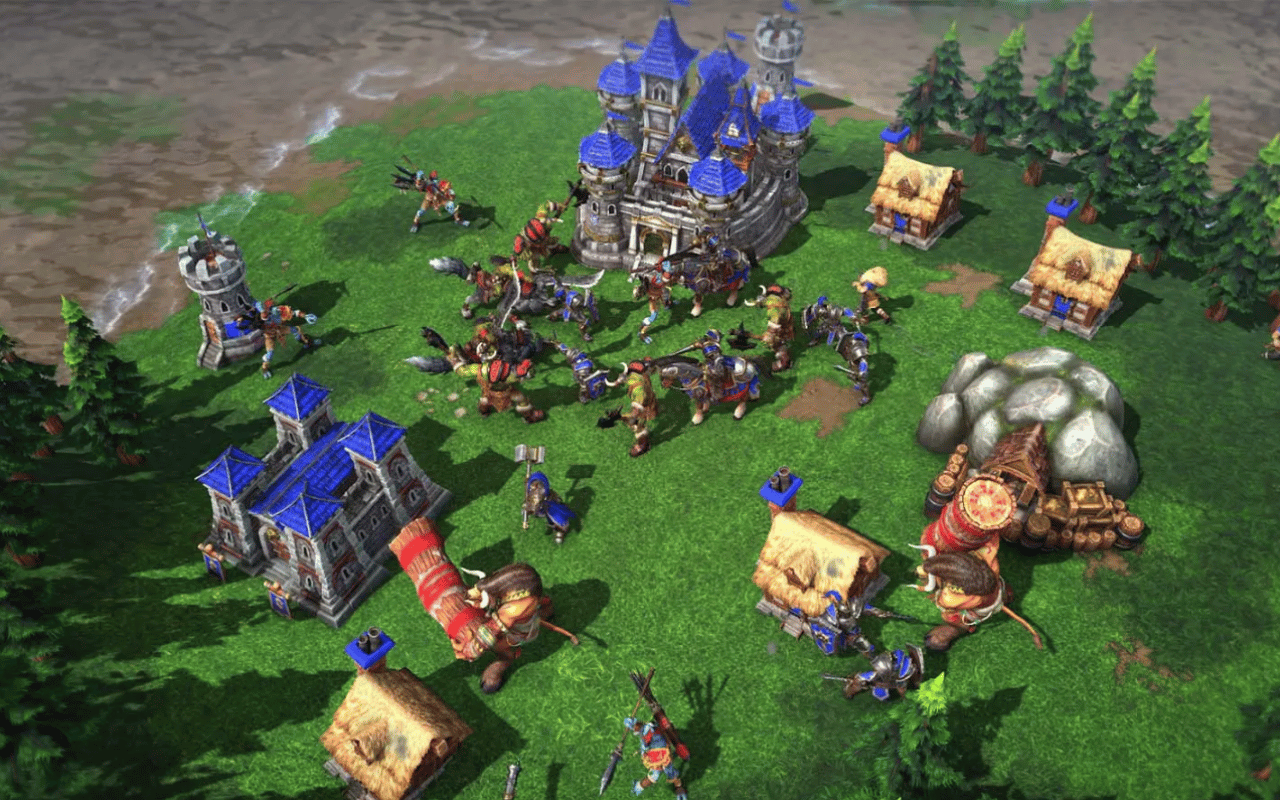
Realistic vs. Stylized Art Style
Realistic and stylized art styles differ in their approach to portraying the world. While realistic art aims for accuracy and detail, stylized art emphasizes exaggeration and abstraction, resulting in unique and visually captivating visuals that can evoke strong emotions.
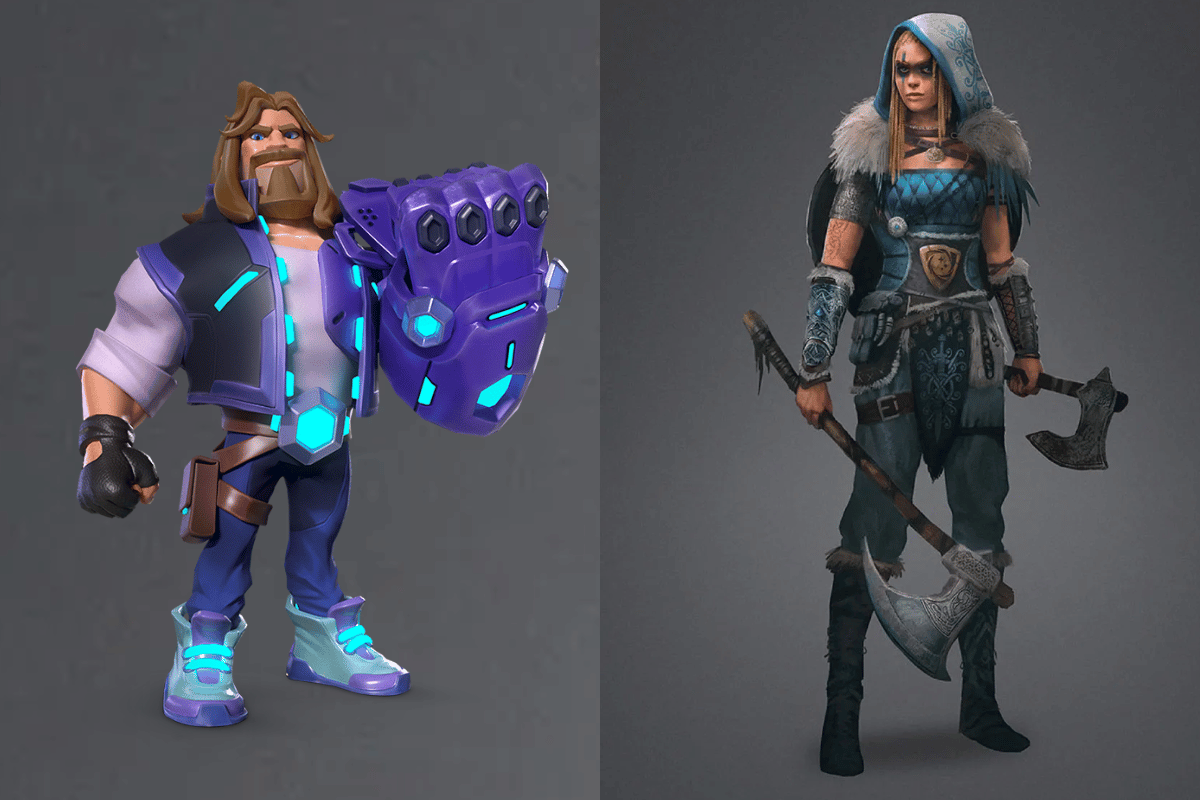
Lightings
-Realistic games use global illumination, light maps, and ray tracing to simulate how light behaves in the real world.
-Stylized games take artistic license, using lighting to set moods and tones in ways that may not be physically accurate.
Textures
-Photorealism relies on high-resolution, photo-sourced texturing.
-Stylized games utilize hand-painted textures, solid colors, pixel art, and other abstractions to bring their art styles to life.
Comparing Materials
-Realistic rendering involves complex shading and reflectivity to mimic real surface properties.
-Stylized materials use exaggerated highlights, outlines, and less physically based shading to emphasize form and style.
Comparing Proportions
-Characters and objects in realistic games reflect actual human, animal, and object proportions.
-Stylized games play with proportions for artistic reasons – huge heads, elongated limbs, or exaggerated weapons.
Comparing Animations
-Realistic animation aims for lifelike fluidity and weight through motion capture data.
-Stylized animation can take more creative liberties with exaggerated poses, snappiness, or flourish.
Comparing Camera Effects
-Realistic games model camera behaviors like lens flares, motion blur, and depth of field to match real optics.
-Stylized games only simulate such effects when they serve their art style.
Differences on Player Perspectives
Gaming forums feature extensive debates around realistic versus stylized game art styles. Here are some perspectives from a /r/AshesofCreation discussion:
- Stylized art styles tend to age better but can be misinterpreted by developers wanting to cut corners.
- Realistic art styles often demand a substantial budget and skilled artists with high system requirements.
General opinions vary on factors like the aging of World of Warcraft’s art styles, the role of lighting engines, and challenges in achieving a specific aesthetic vision.
Pros and Cons of Realistic and Stylized Art Styles
Realistic art style provides unparalleled immersion and believability at the cost of higher development resources. They commonly suit narrative-driven genres like military shooters (Battlefield), sports simulators (FIFA), or harsh post-apocalyptic settings (The Last of Us).
Stylized art style prioritizes artistic expression over technical accuracy. Their uniqueness makes games feel timelessly stylish decades later. Lower hardware demands also enable accessibility to a wider range of systems. But poor execution can make stylization feel cheap rather than purposeful.
Popularity and Impact of Art Styles
During periods when new graphics technology is released, such as new console generations, there is often a push towards realistic showcases to demonstrate the new technical capabilities. As a generation matures, stylized aesthetics tend to regain prominence.
Photorealism tends to be most popular with tentpole big-budget franchises seeking to immerse players and show off production values. Sports games likewise pursue realism for authenticity.
Stylized art styles help unique indie games stand out in a crowded market. Their artistry over brute tech also gives stylized graphics longer staying power as classics. Across popular retro throwback games, pixel art remains a cherished aesthetic.
Different art styles also suit certain gameplay genres better. For example, colorful stylization is widely embraced in family-friendly Nintendo platformers like Mario and Kirby. MMOs and strategy games often utilize stylization since they must render many in-game units.
Stylized fighting games like Street Fighter or anime games like Dragon Ball use exaggerated effects and proportions to capture their dramatic combat. Realism leans more towards grounded, narrative-driven genres like horror, war shooters, and simulators.
Stylized vs. Realistic Art Styles Examples
Let’s examine how the techniques above get applied in actual games on both sides of the realism-stylization spectrum.
The Last of Us - Realistic Art Style
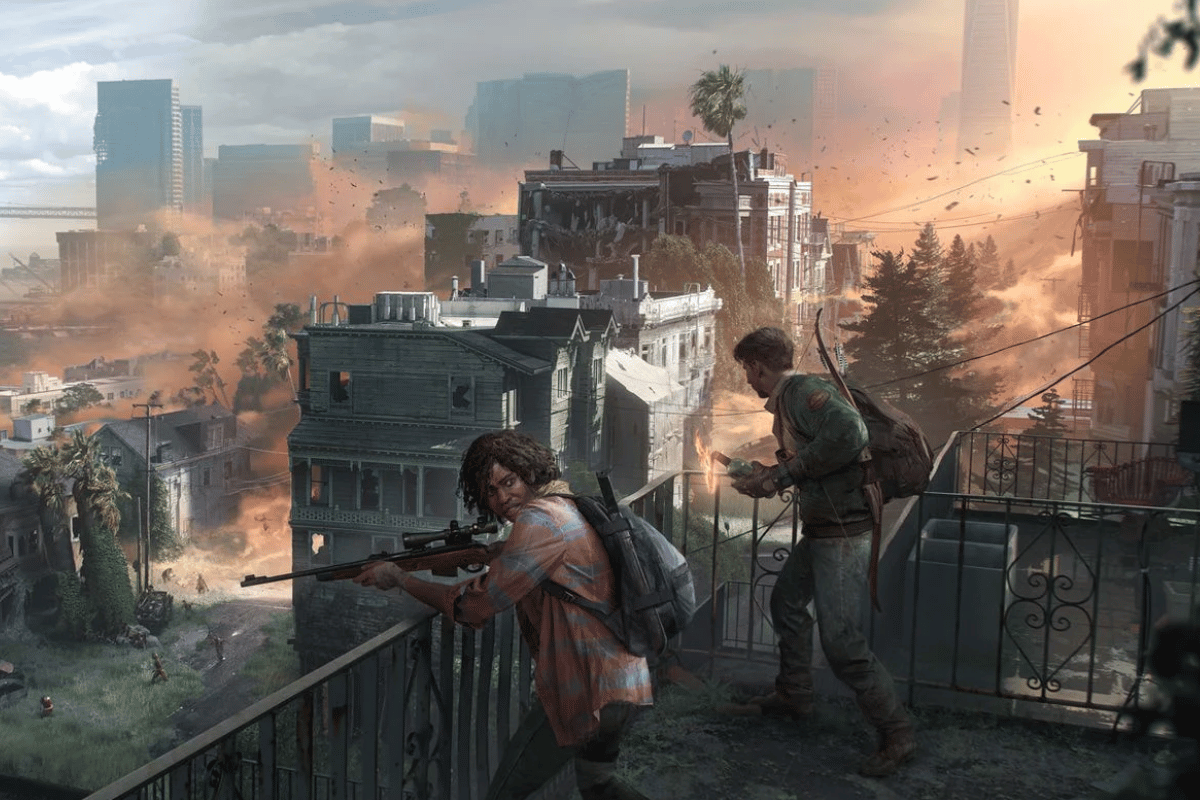
Naughty Dog’s acclaimed post-apocalyptic adventure utilizes cutting-edge game art styles to achieve emotional photorealism critical for the mature narrative. The Last of Us represents the cutting edge of real-time photorealistic rendering, but more interpretive styles have equally enthralled audiences.
- Realistic Lighting: Diffuse global illumination, ambient occlusion, and volumetric beams replicate the complexity of real spaces and off-camera light sources.
- Realistic Textures: Photographic detail on debris and The Last of Us’ decaying world tell an evocative visual story. High resolution facial textures capture emotional nuance through incredible pores, freckles, and skin imperfections.
- Realistic Materials: Cloth, water, mud, and foliage materials exhibit advanced properties like translucency, subsurface scattering, viscosity, and dynamics. Weapons and objects feel tangible.
- Realistic Proportions: Characters have highly detailed meshes – Joel alone uses over 100k polygons. Environment rubble has geometric complexity matching real demolished ruins.
- Realistic Animation: Advanced motion matching blends mocap and keyframe animations for uncanny fluidity. Euphoria physics creates distressingly lifelike human reactions to violence.
- Realistic Camera: A physically modeled camera captures lens artifacts as light flares and chromatic aberration. Film grain enhances the live-action atmosphere.
The Legend of Zelda: The Wind Waker - Stylized Art Style
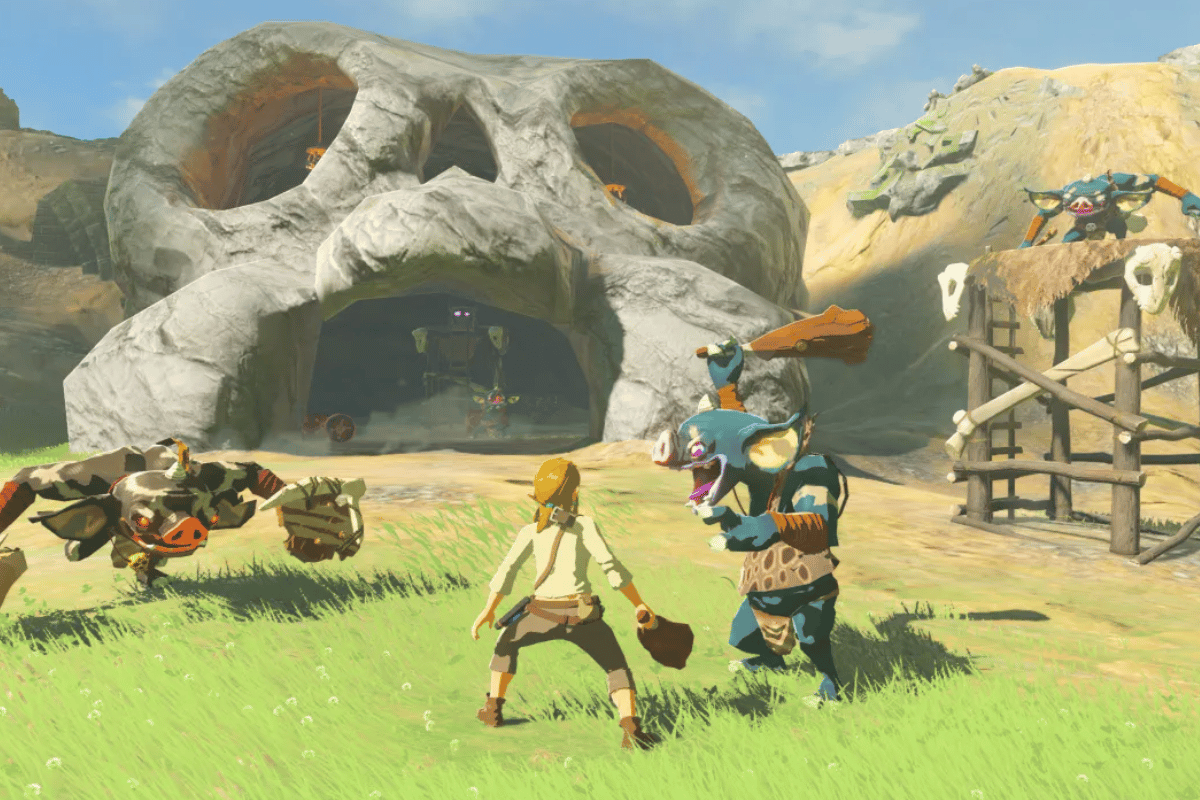
Nintendo’s 2002 GameCube adventure startled fans by shunning realism in favor of a charming cel-shaded aesthetic still beloved today.
- Stylized Lighting: Clear lighting using diffused ambient tones and bright, colorful point lights. Long shadows establish directionality over physical accuracy.
- Stylized Textures: Clean contours and hand-drawn lines define textures instead of photosourced detail. Graphic color fields adopt a storybook look.
- Stylized Materials: Matte shading for a painted look. Outlines and highlights accentuate forms versus realistic material reactions.
- Stylized Proportions: Character models use simple, mostly hard-edged polygons instead of organic sculpting.
- Stylized Animation: Exaggerated character animations harness squash-and-stretch principles. Link’s actions are always clearly readable.
- Stylized Camera: The game emulates fixed cameras from classic animation. Shaders enhance outlines with no artifacts.
Key Considerations for Choosing the Best Art Style
When evaluating which art style approach best suits their game genre and vision, the game art company weighs several factors:
- Budget – Realistic AAA games require far greater financial resources compared to stylized titles. Indies lean towards stylization.
- Target Platform – Photorealism demands powerful modern consoles and gaming PCs. Stylized games can support more platforms. It could be a great mobile game art style.
- Target Audience – Younger players often prefer stylized looks, while older gamers value realism more. Genres like shooters suit realism better.
- Artistic Intent – Studios with a strong, unified vision can leverage stylization effectively. Realism excels at authenticity.
- Immersion Goals – Realism boosts immersion in lifelike worlds, but stylization also immerses players with cohesion.
Conclusion
The distinction between realistic and stylized graphics represents a creative spectrum, not a competition between diametric opposites. Both offer potent means of immersion when art direction guides the technical implementation. As games pursue more photorealism, strong artistry becomes even more crucial to prevent descending into the uncanny valley. Stylized aesthetics will persist as well by capturing imaginations with bold visions unbound by replicating reality. There are no right answers, only choices complementing the desired experience. By understanding these intricate graphical styles, we better appreciate the nuanced artistry involved in crafting captivating virtual worlds. The future surely holds advancements for realism and stylization alike as games increase their artistic range.
